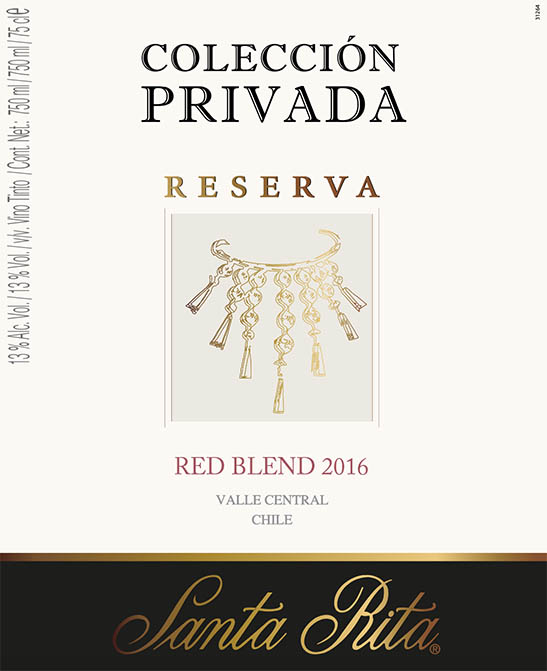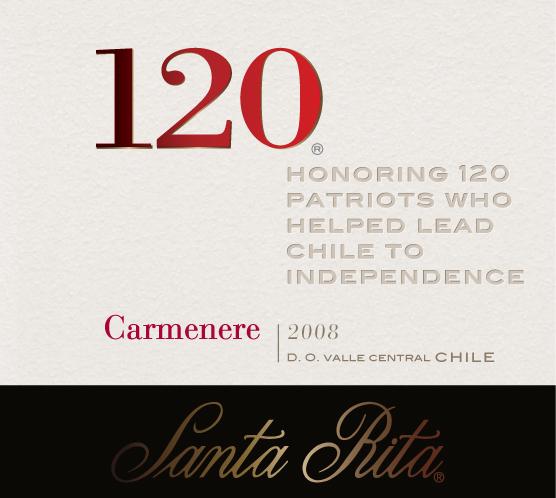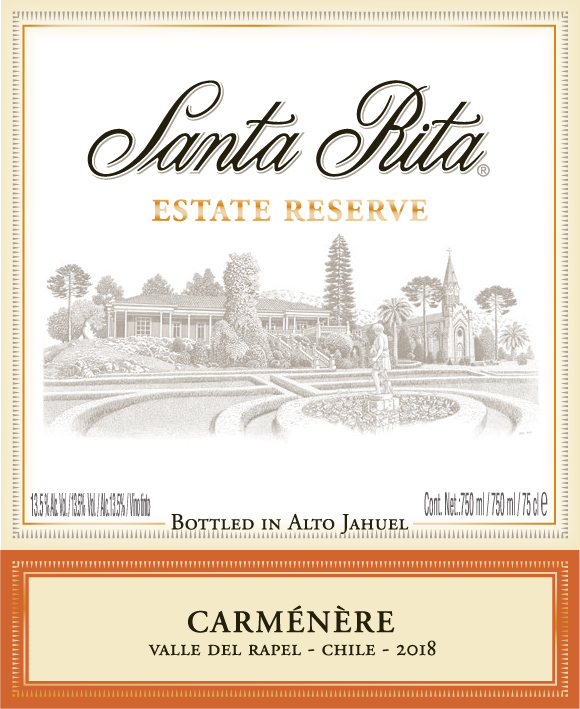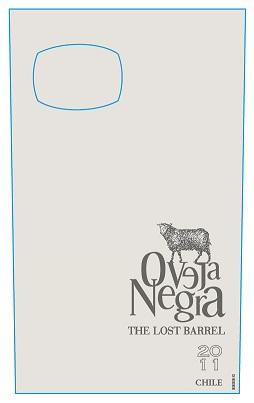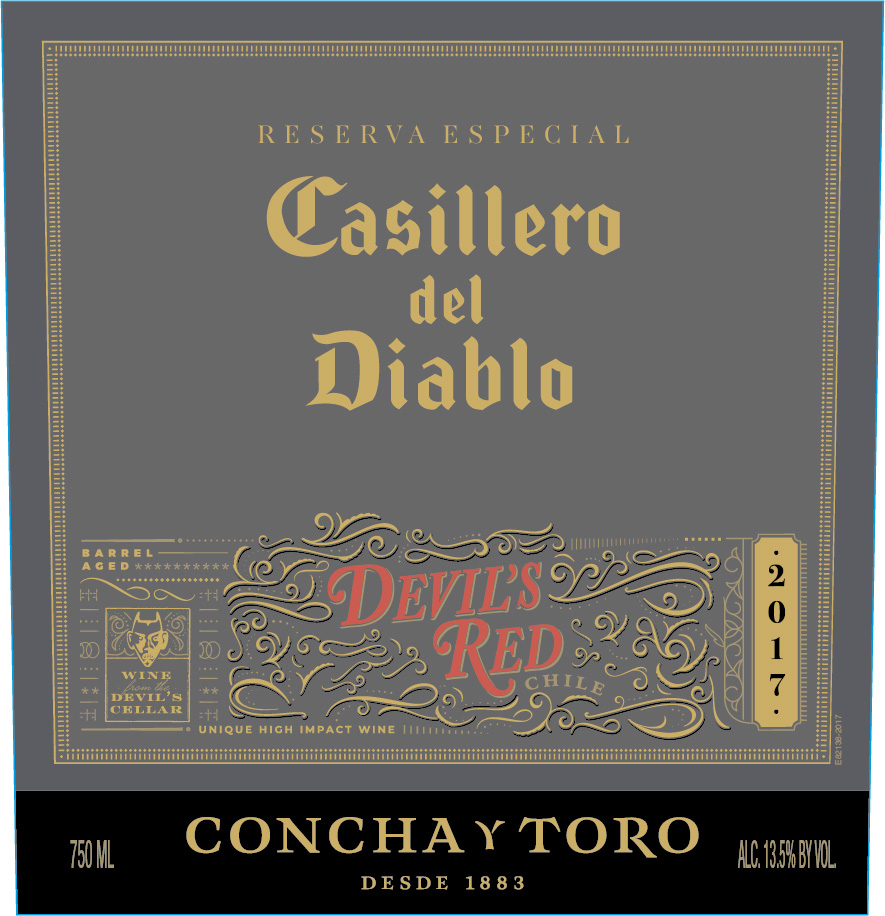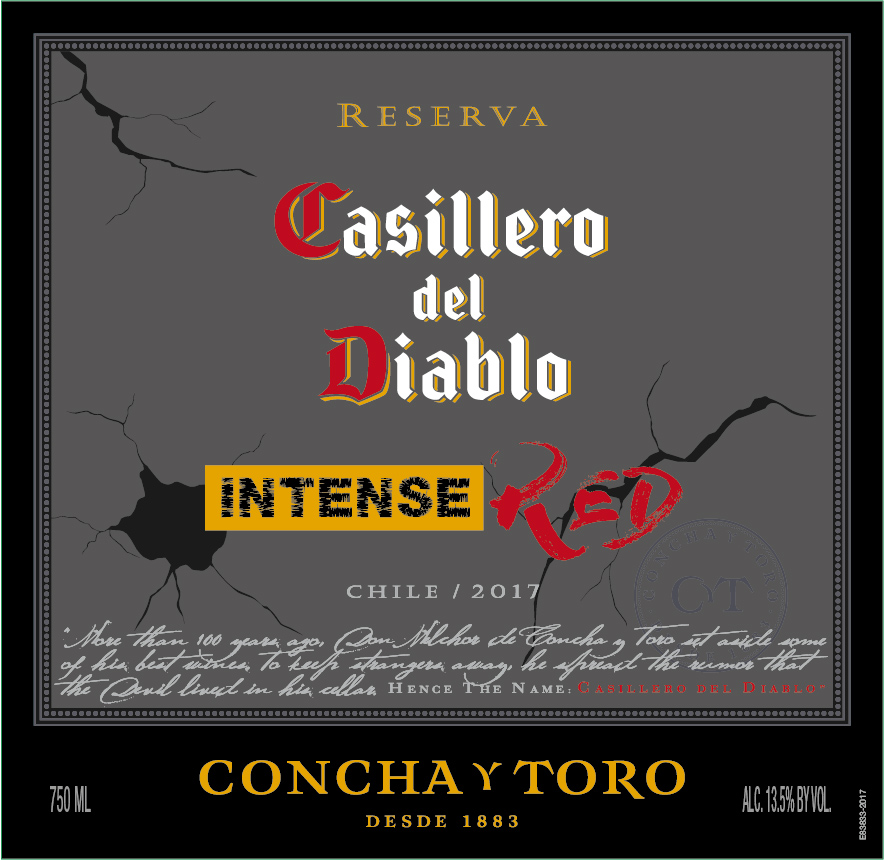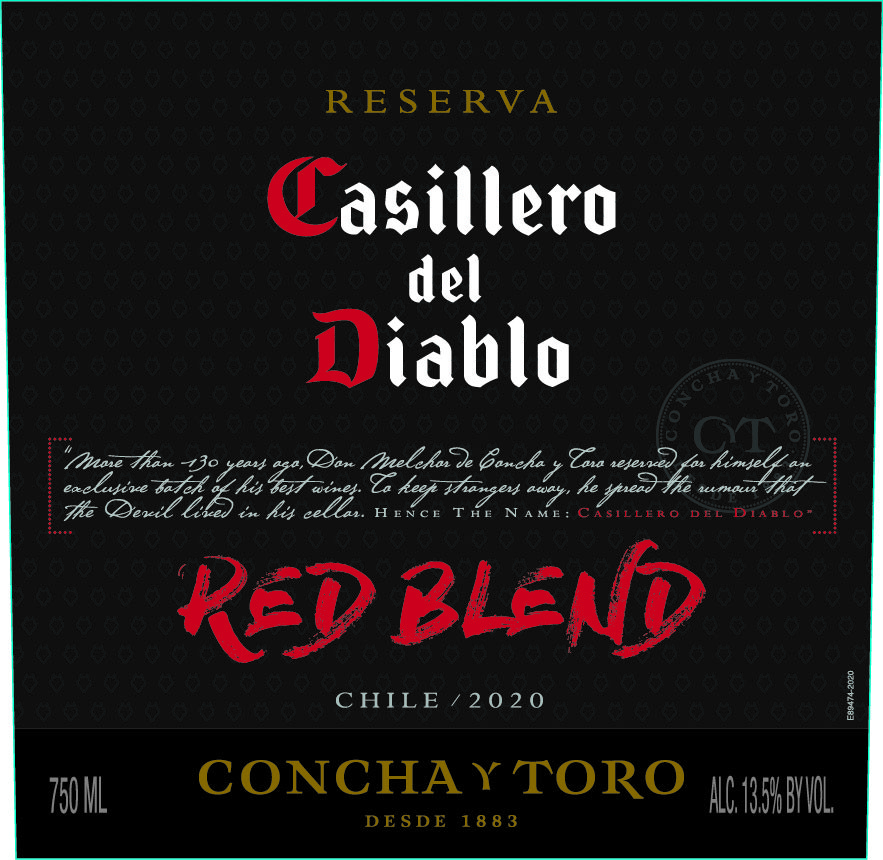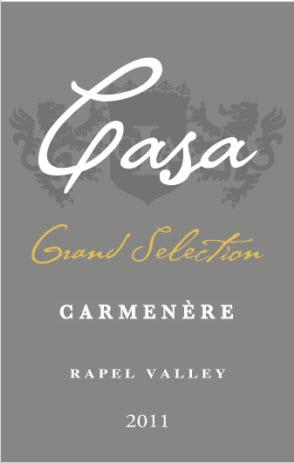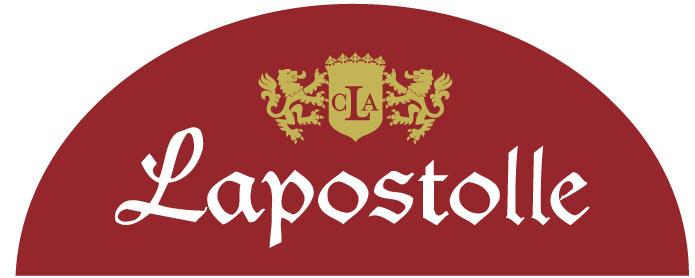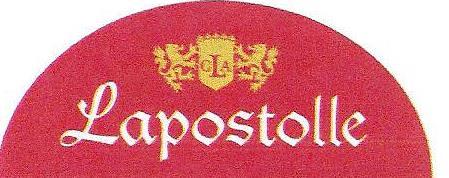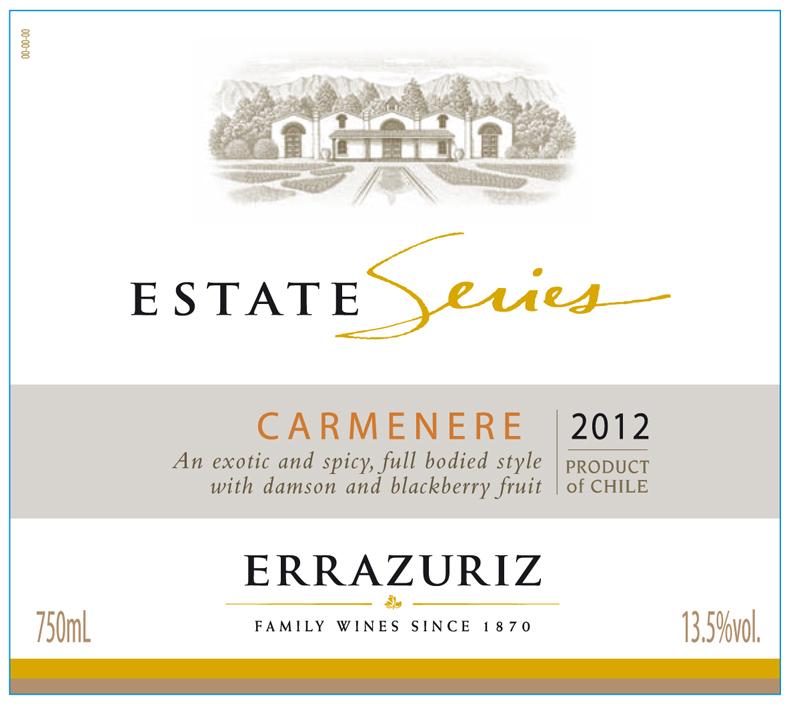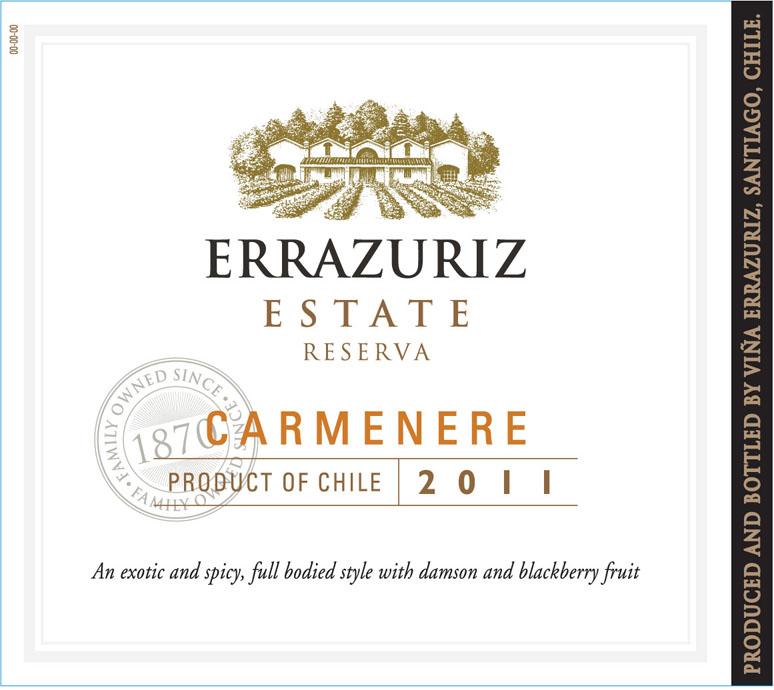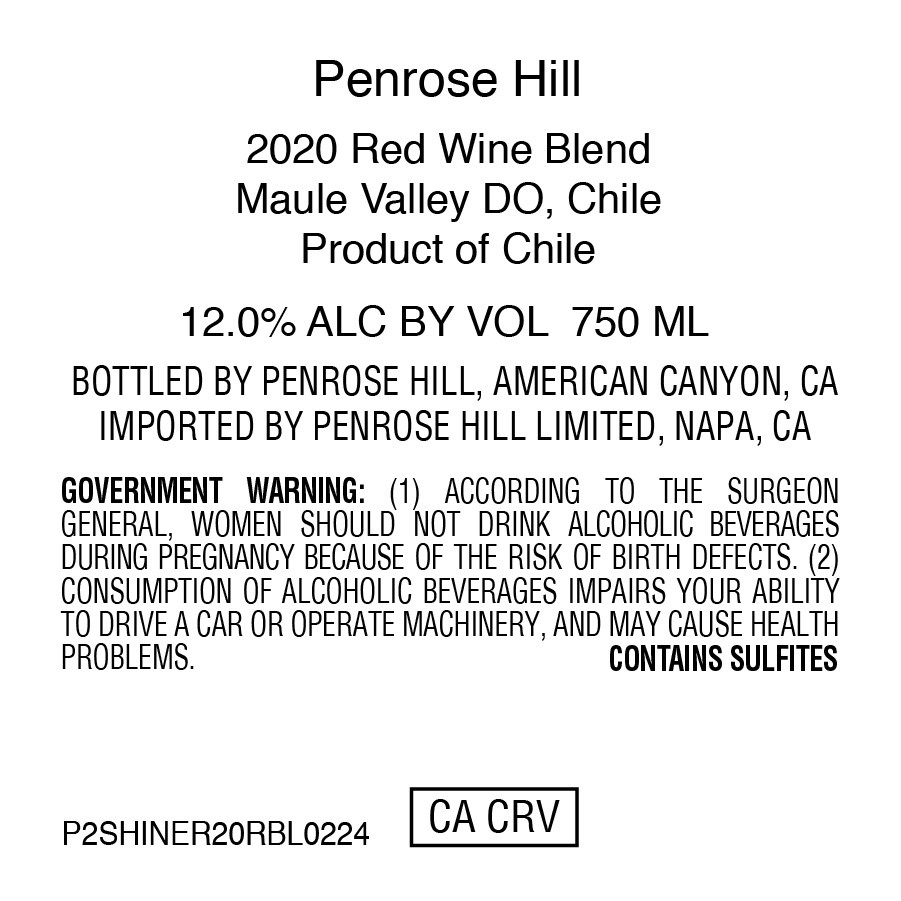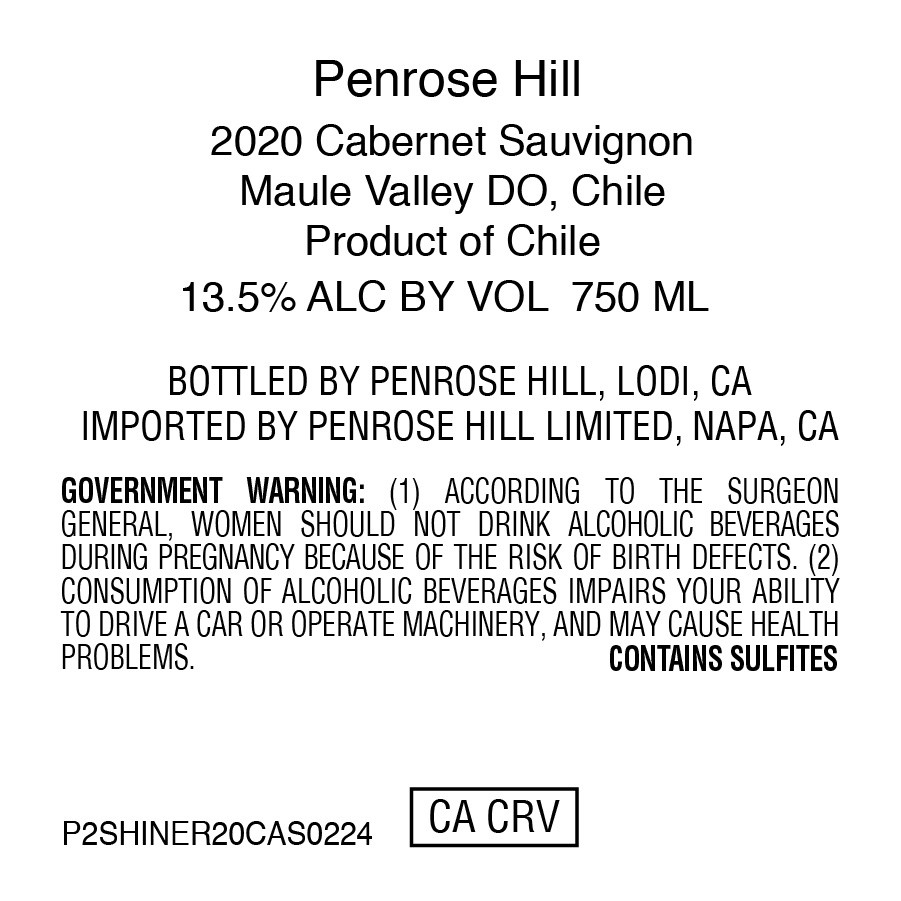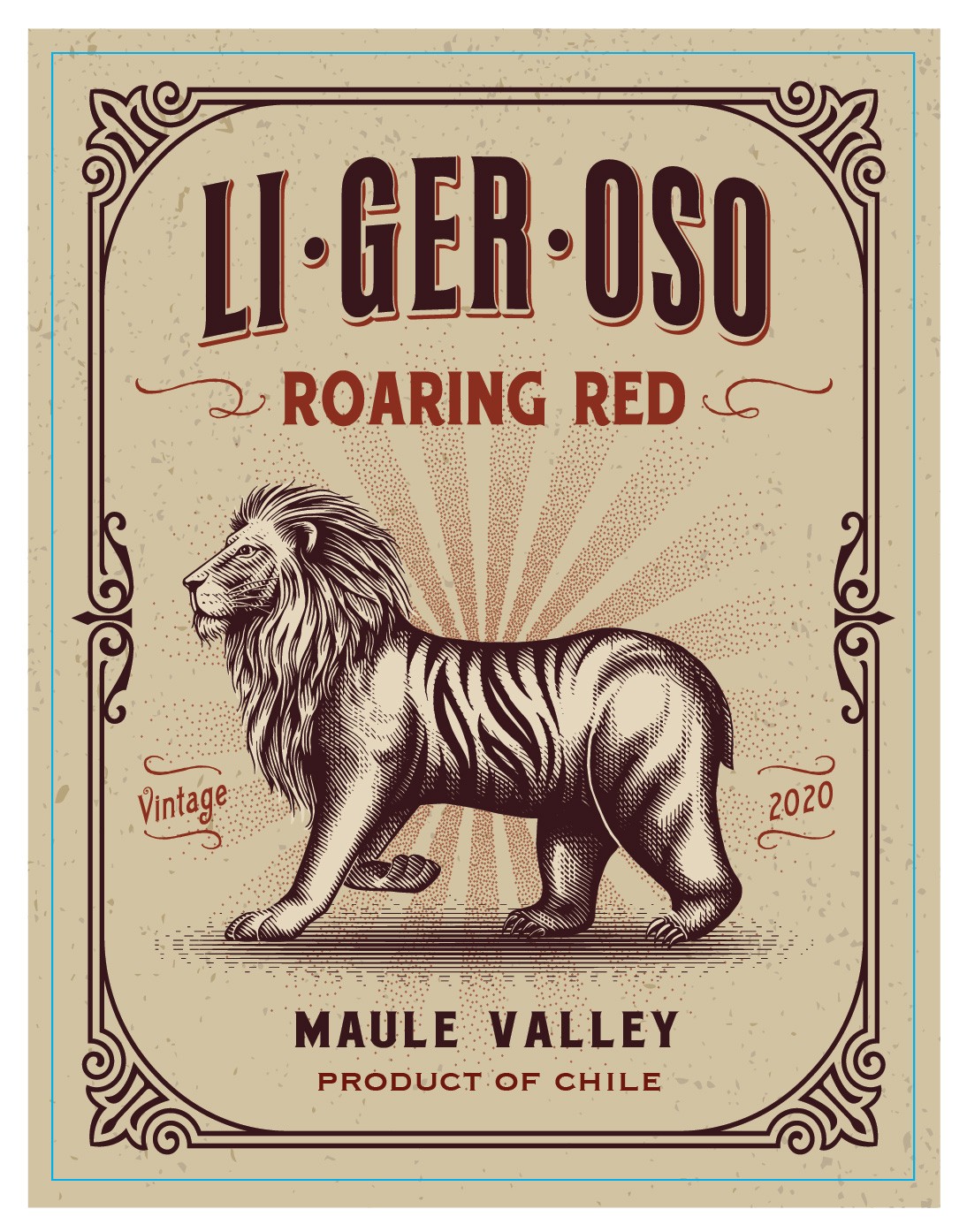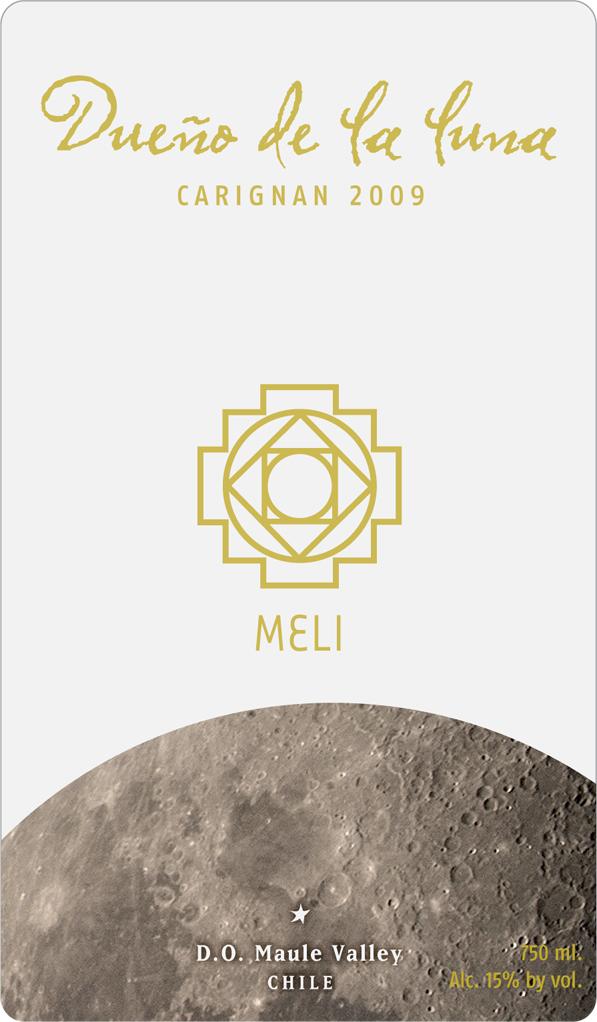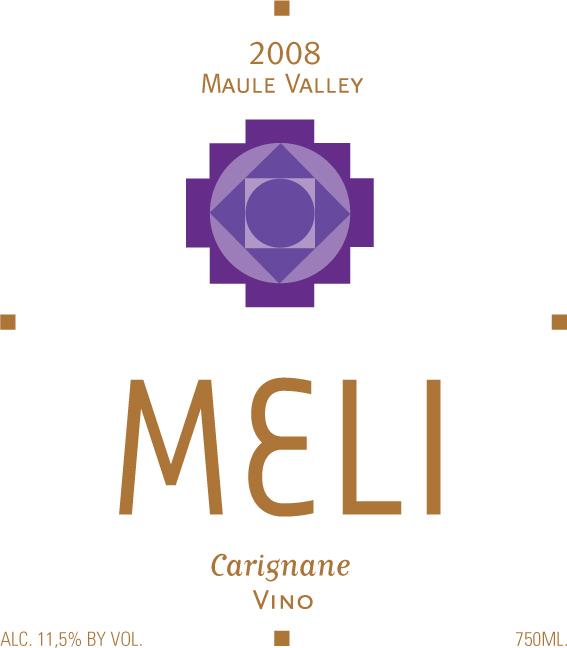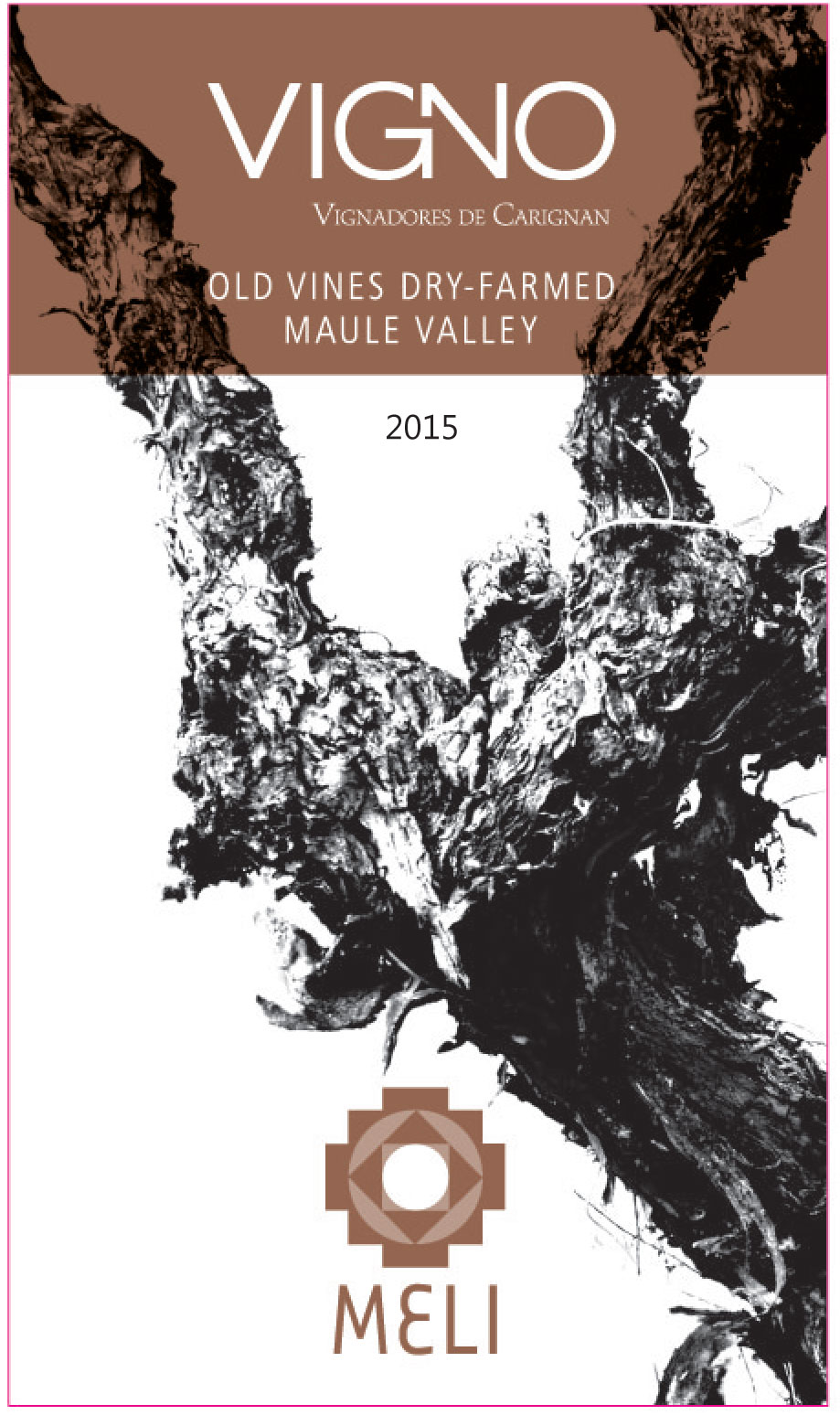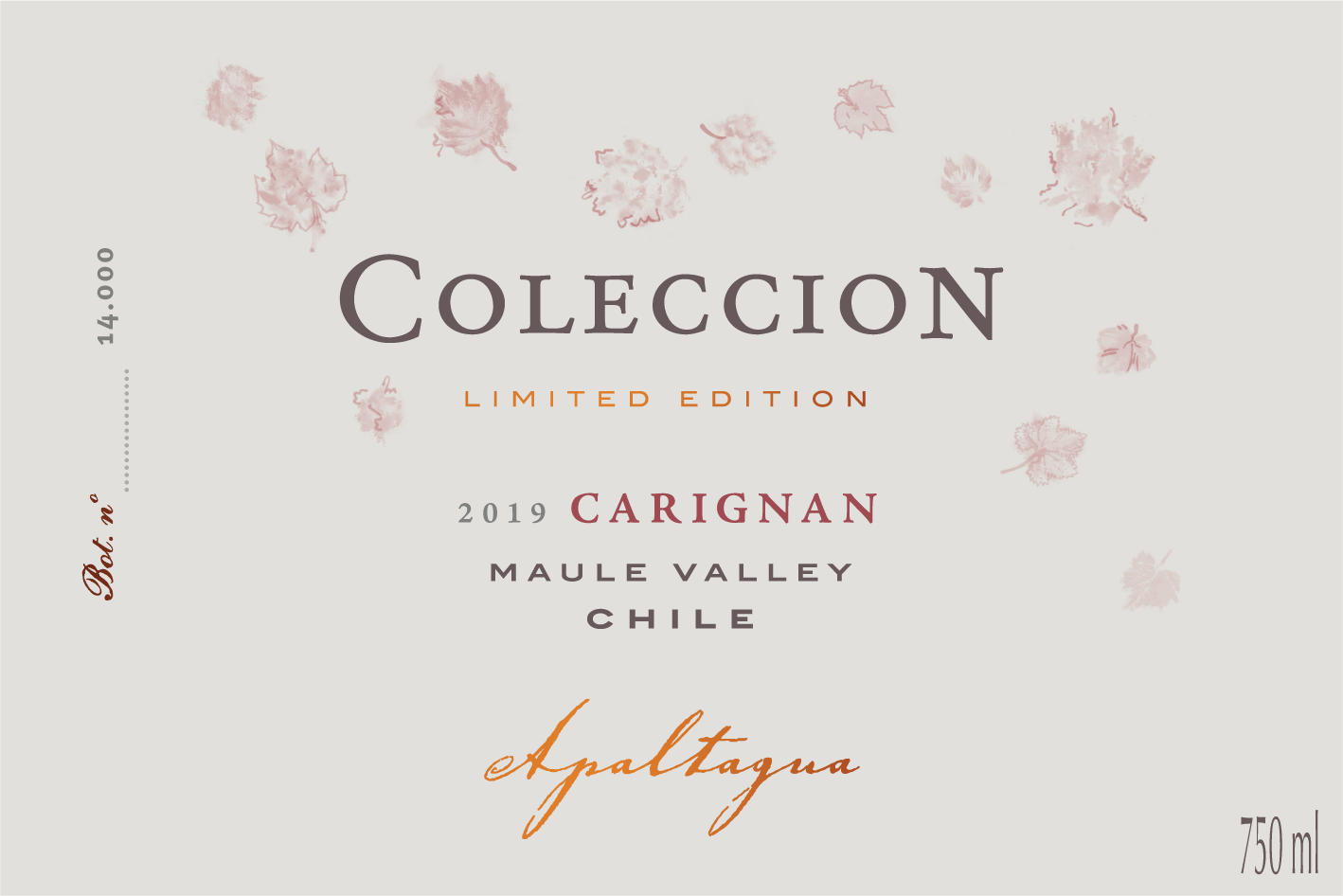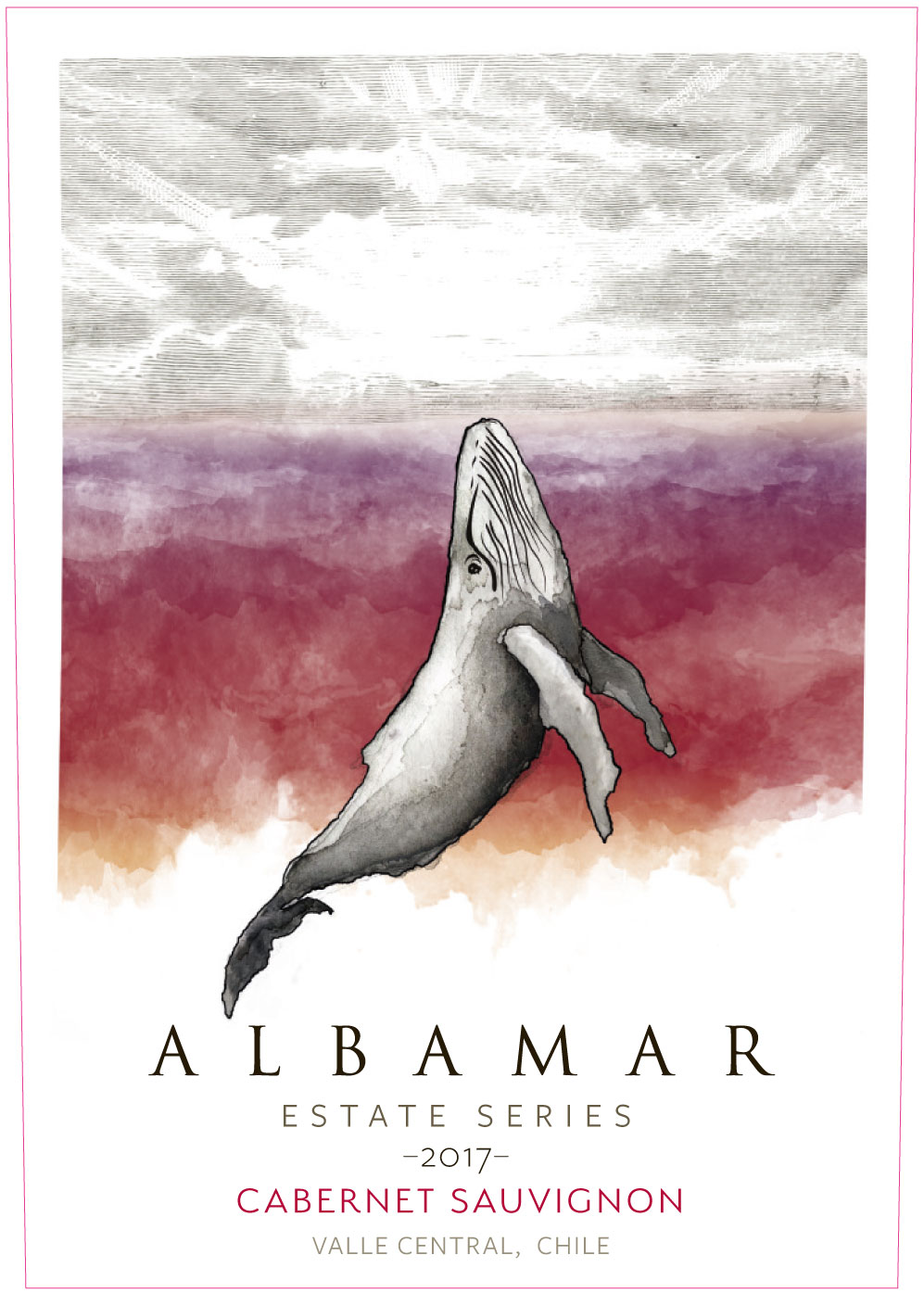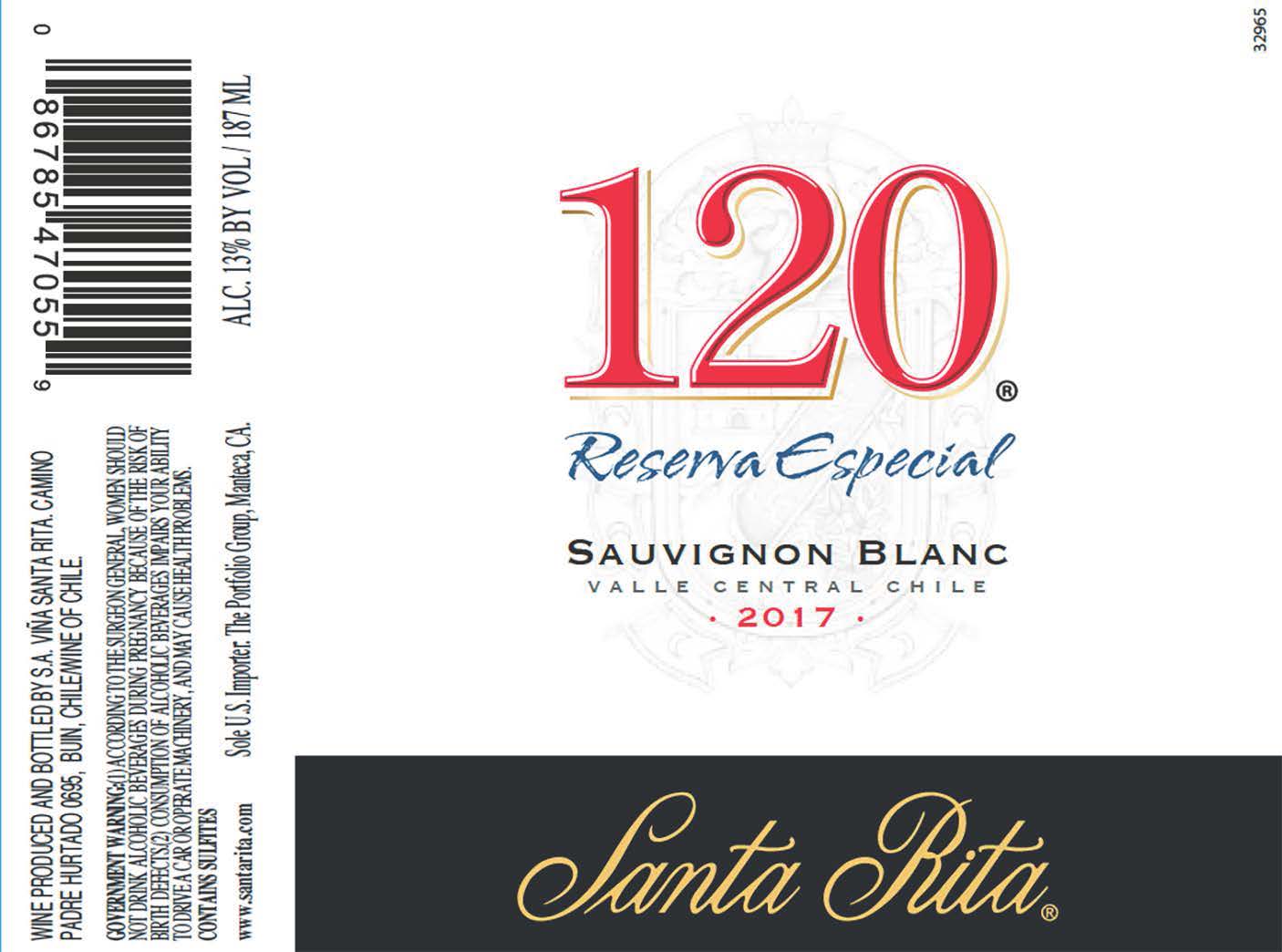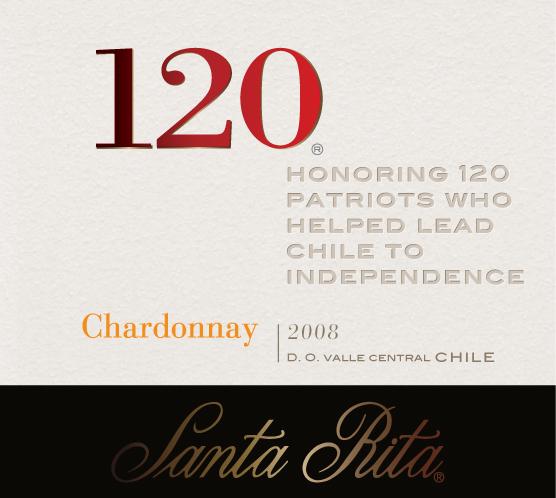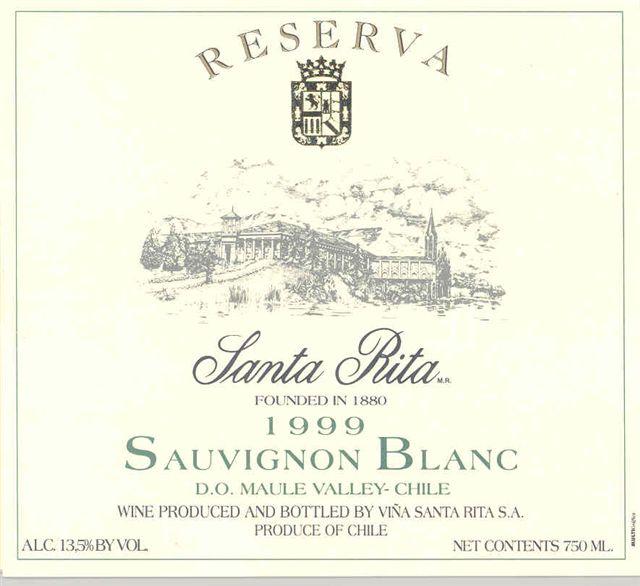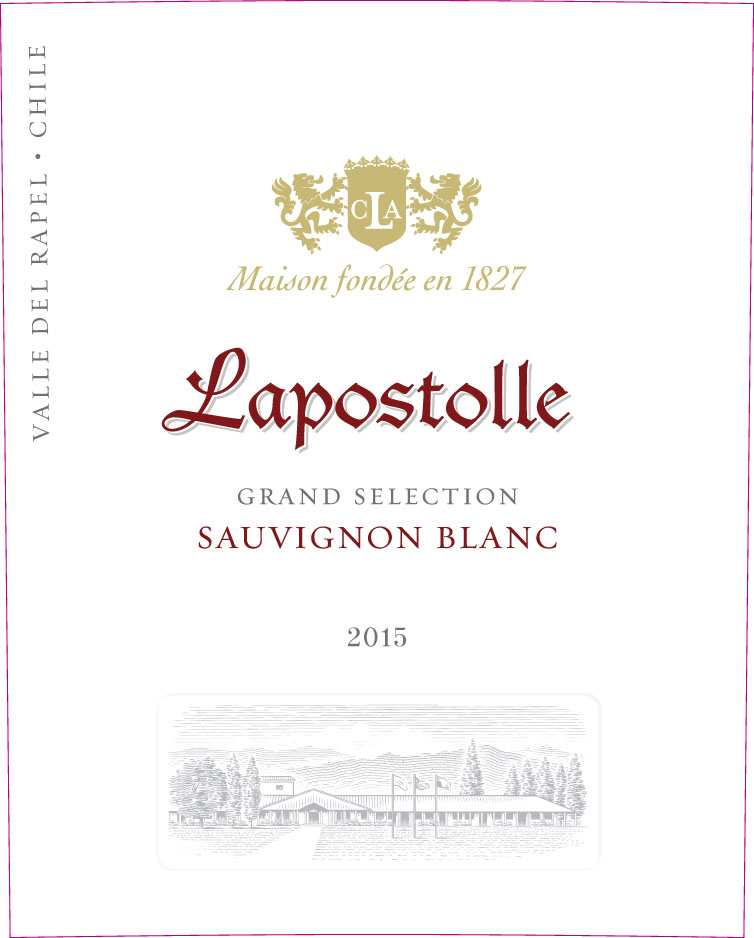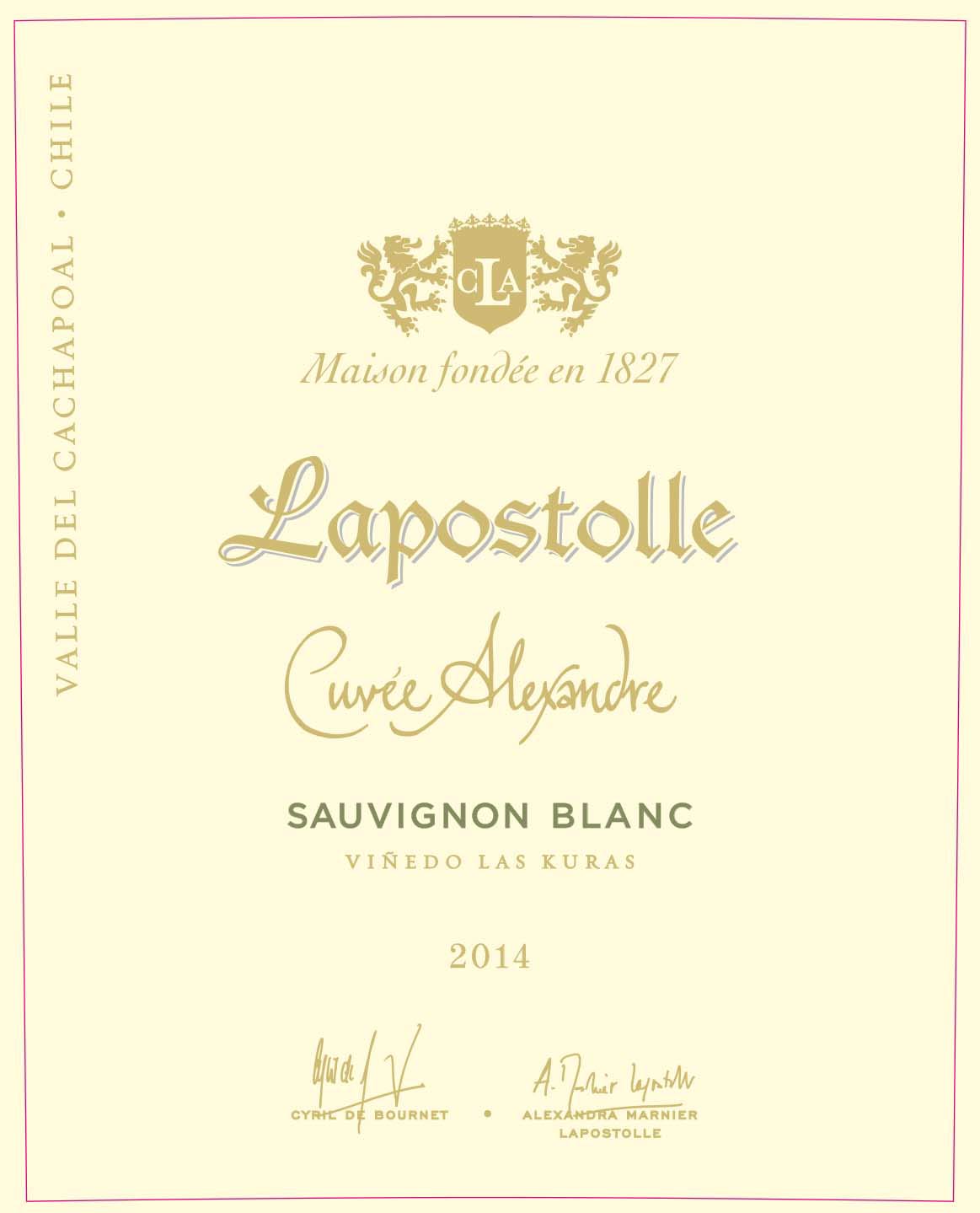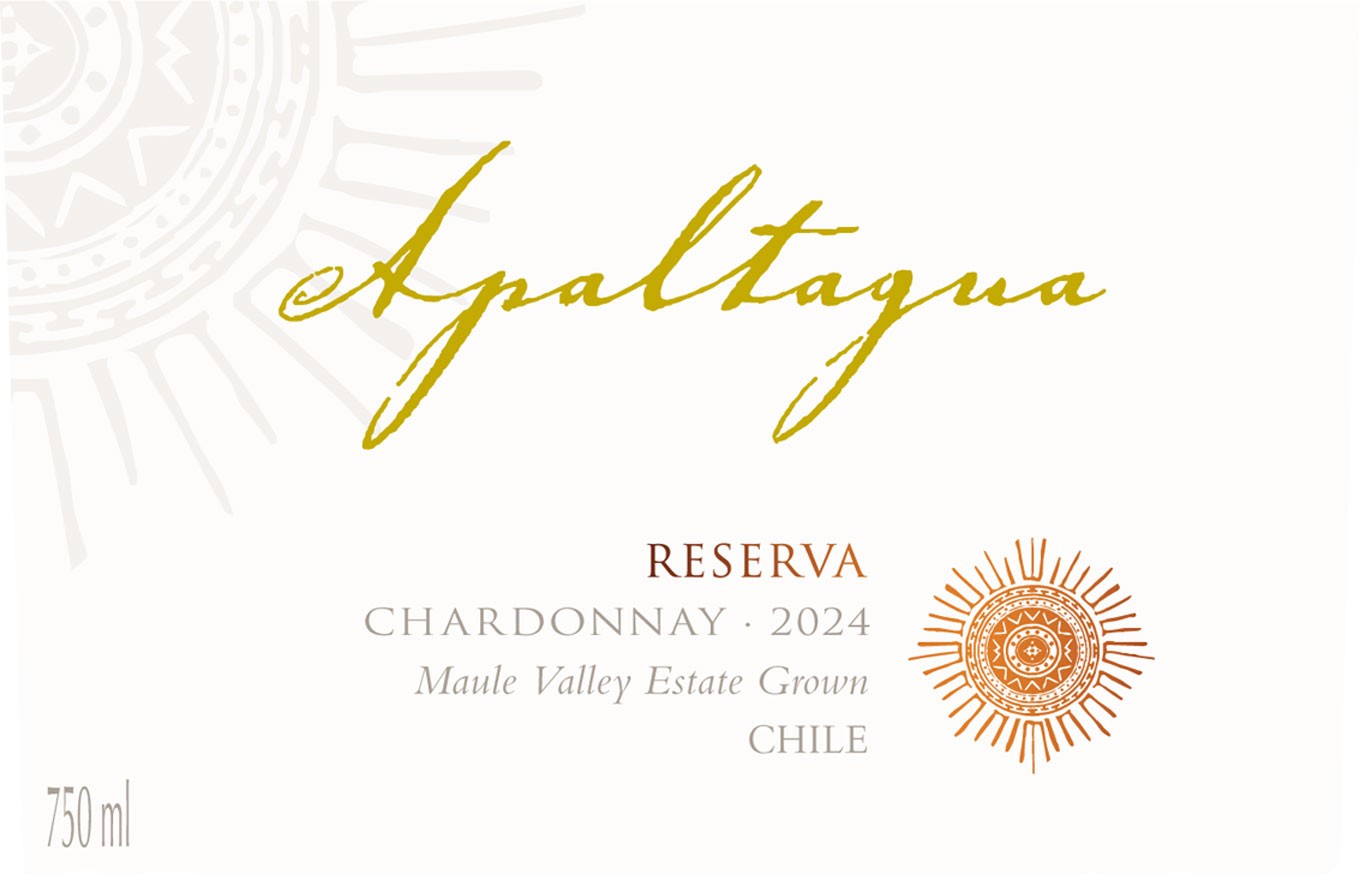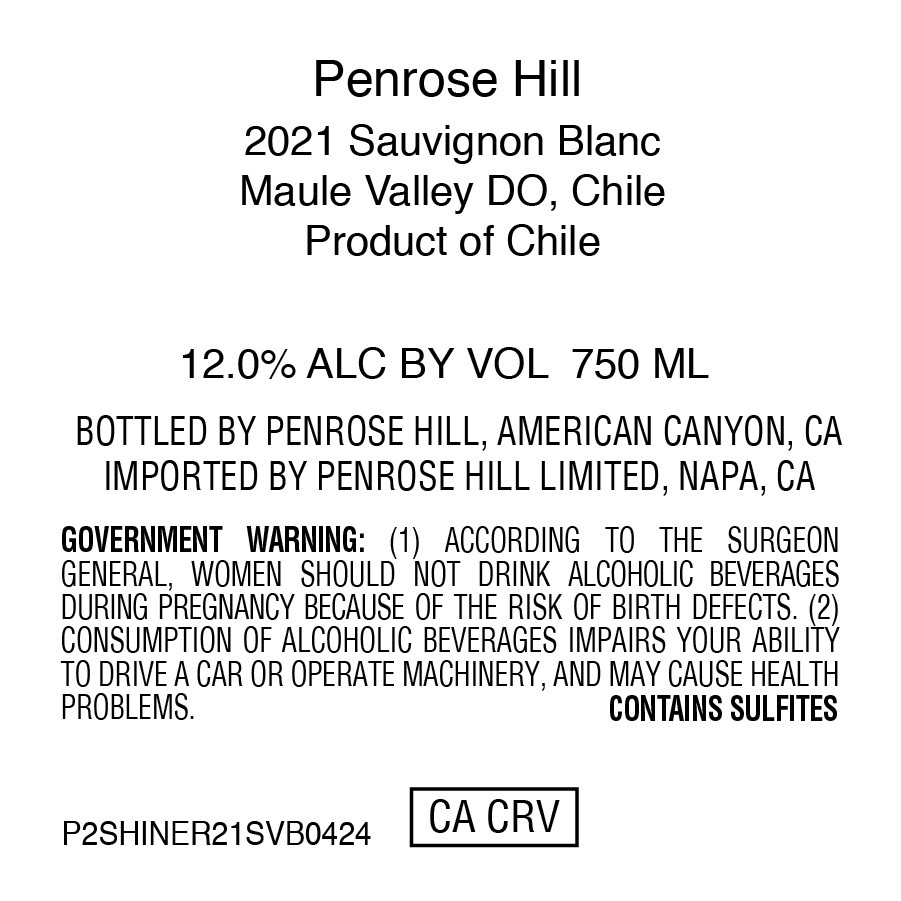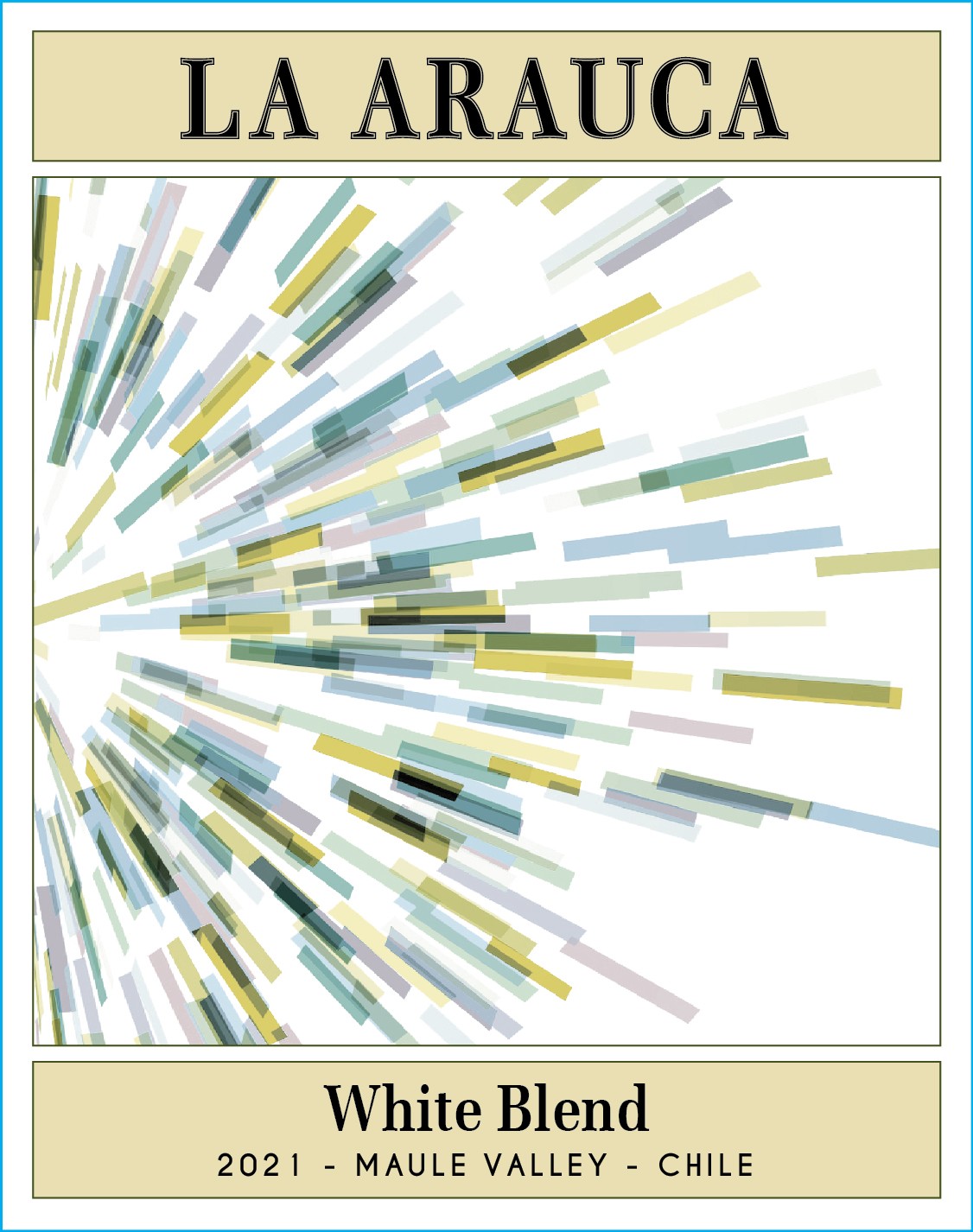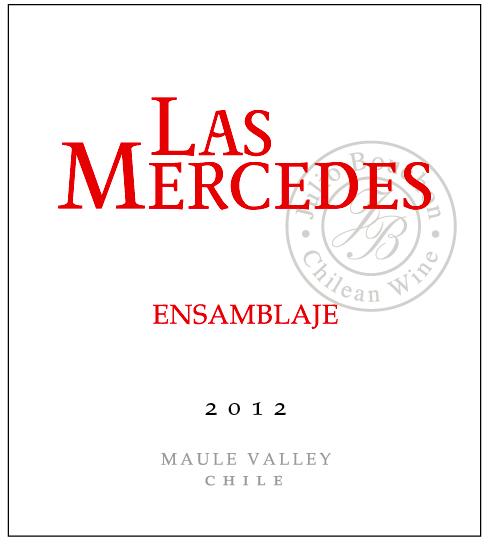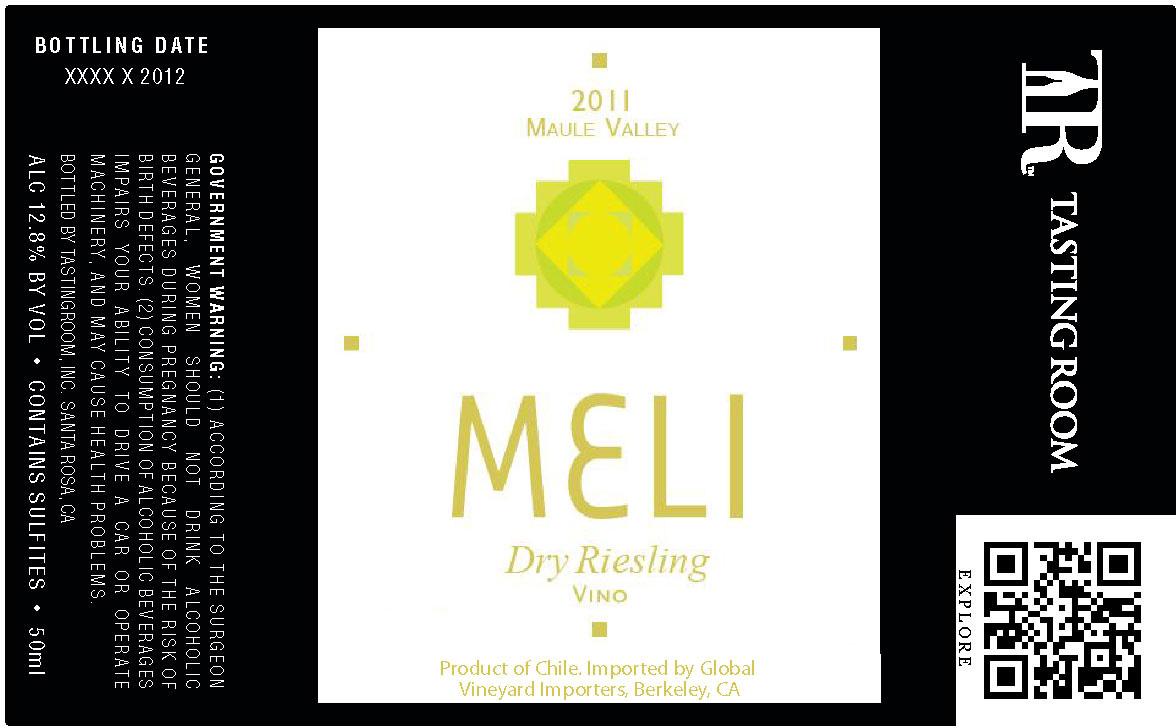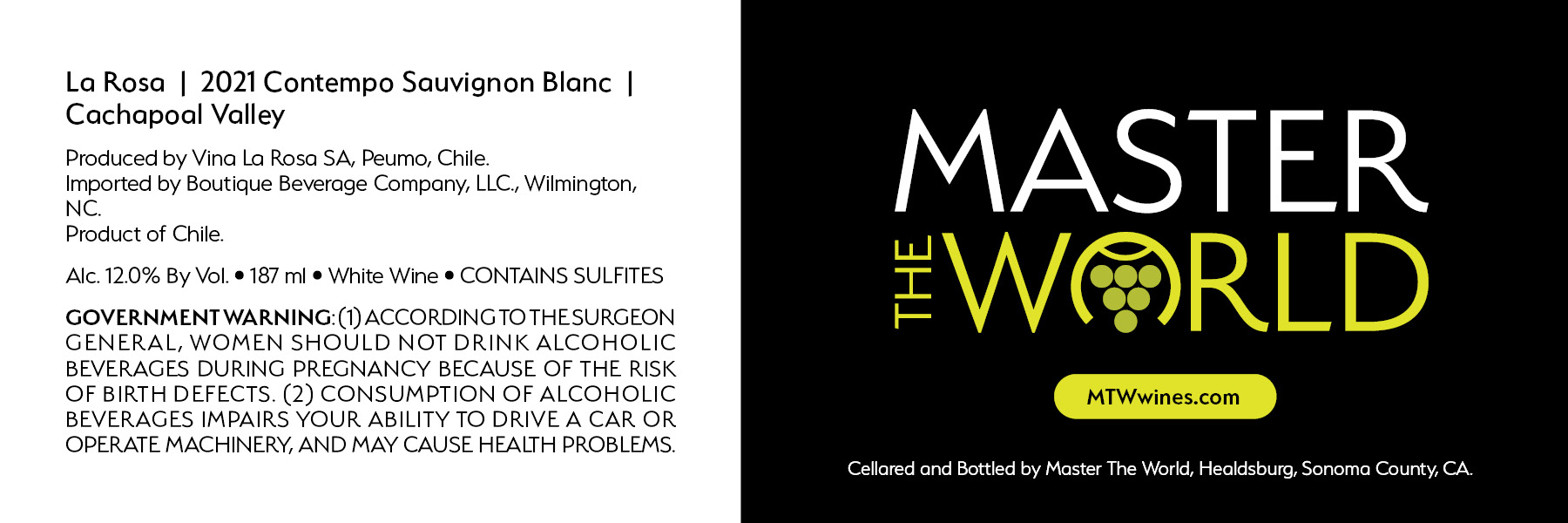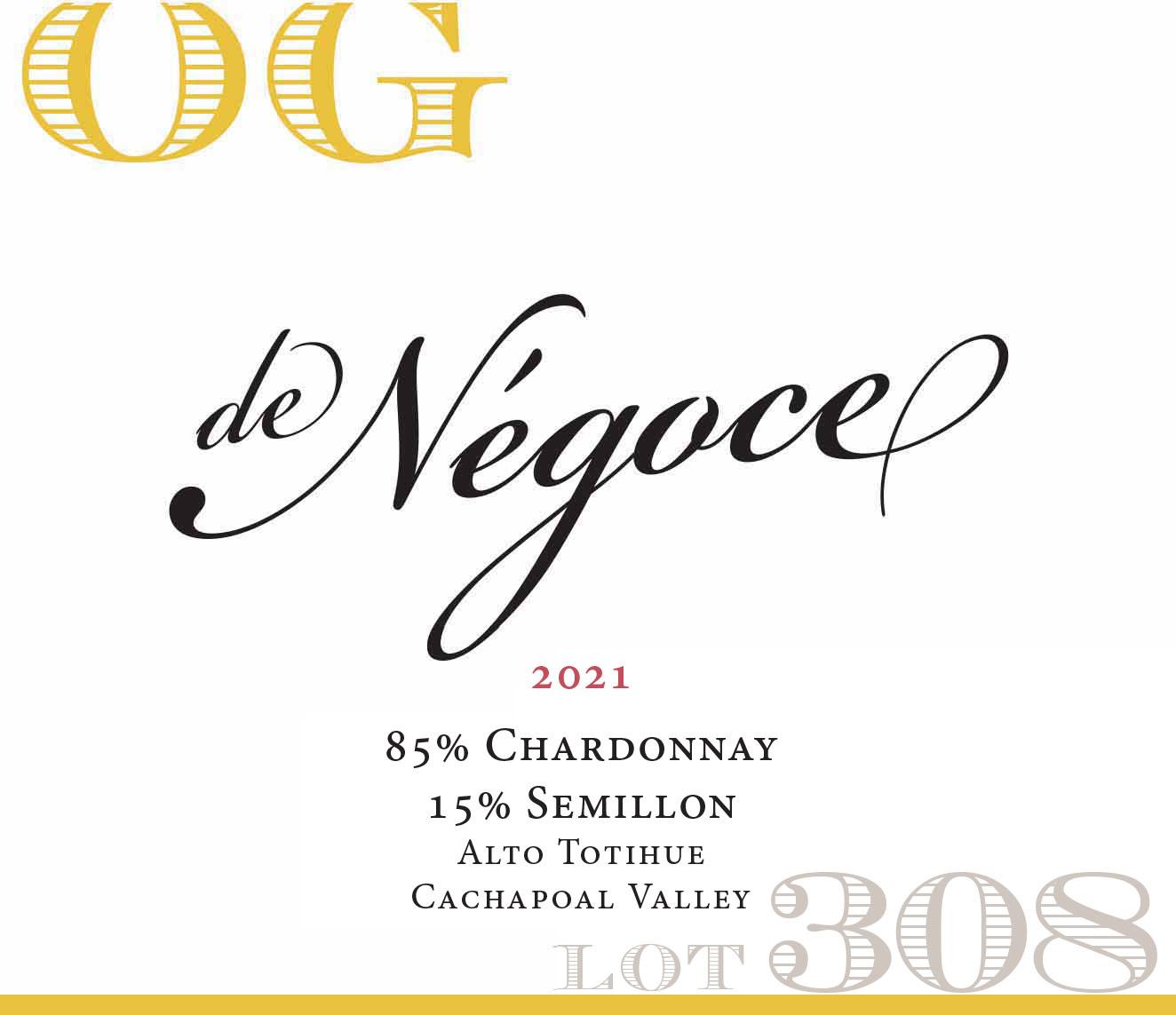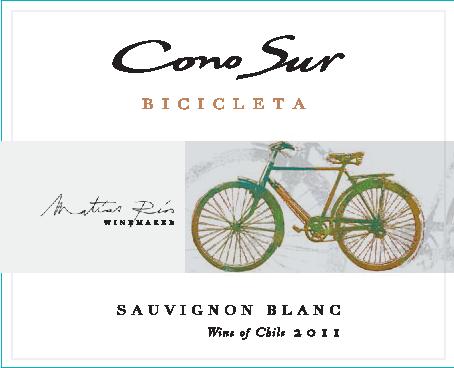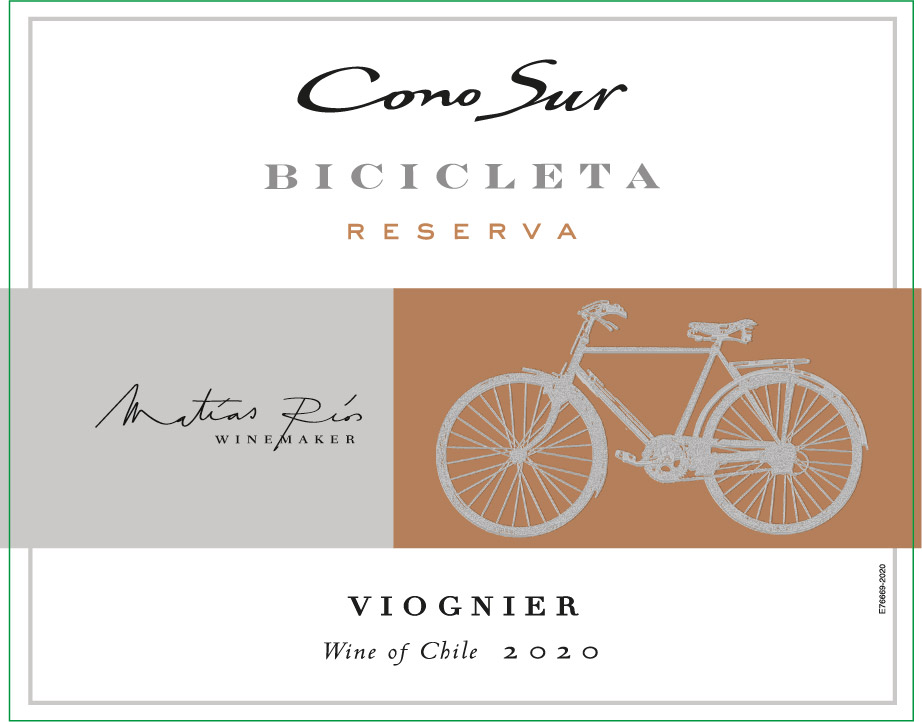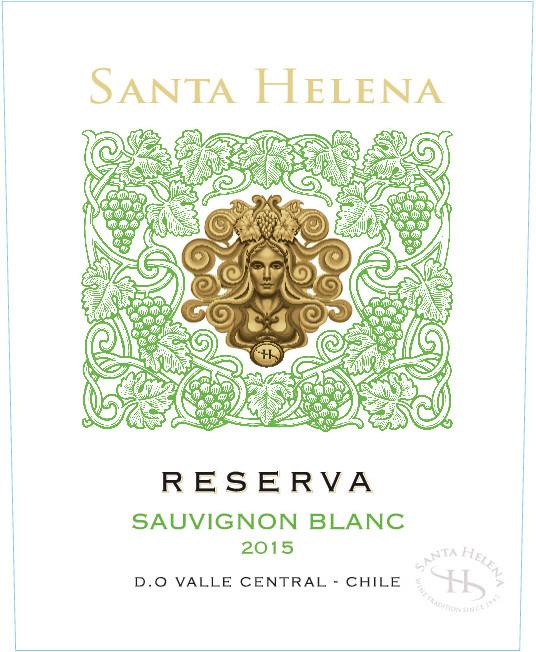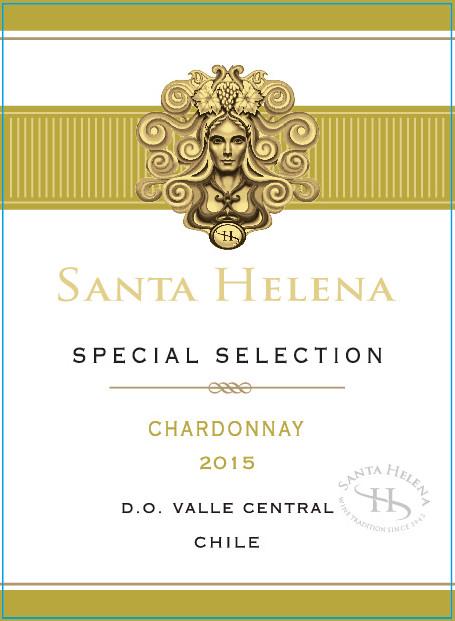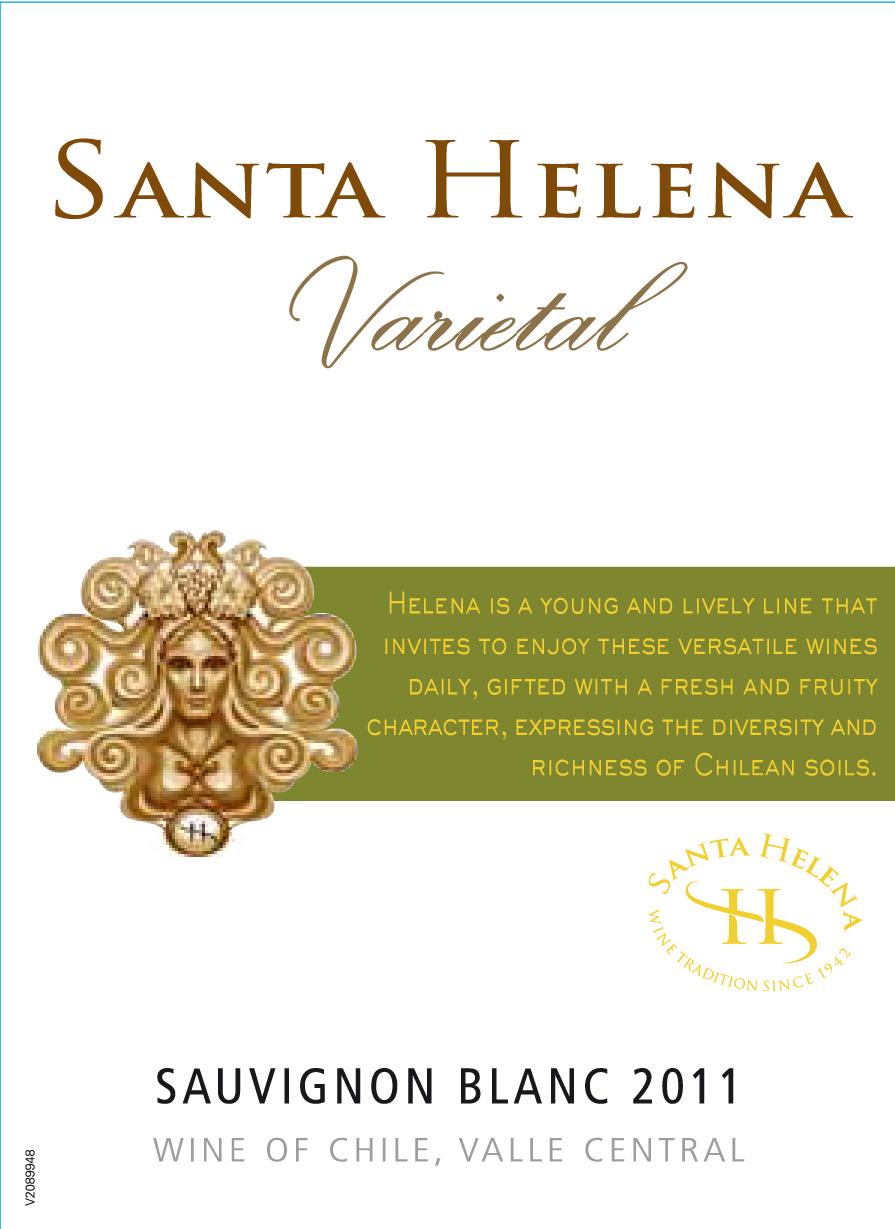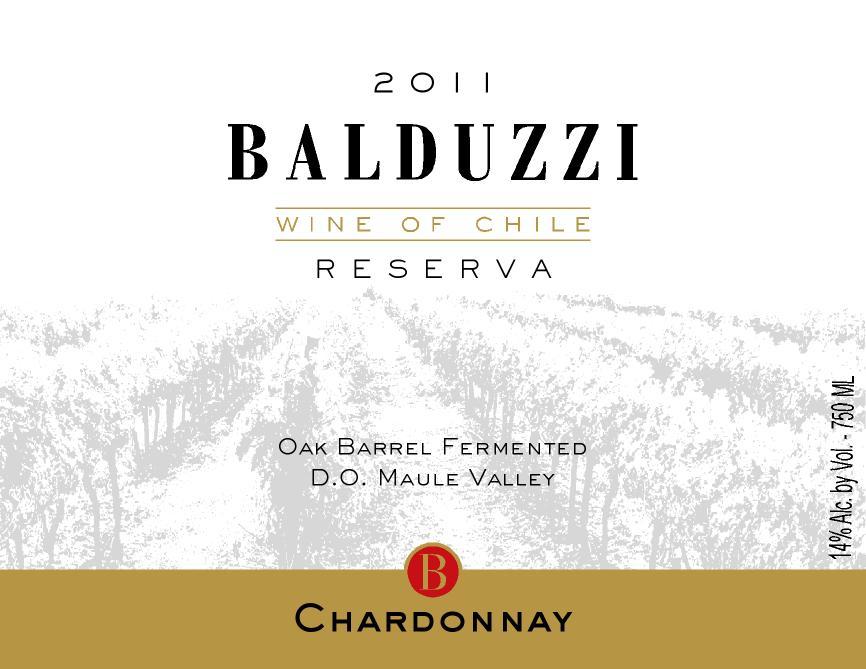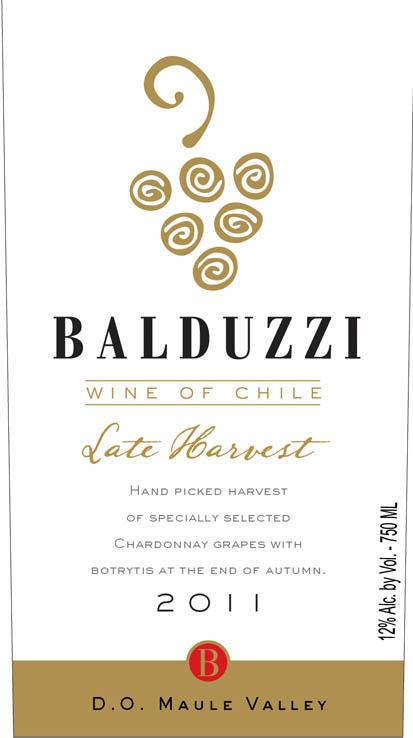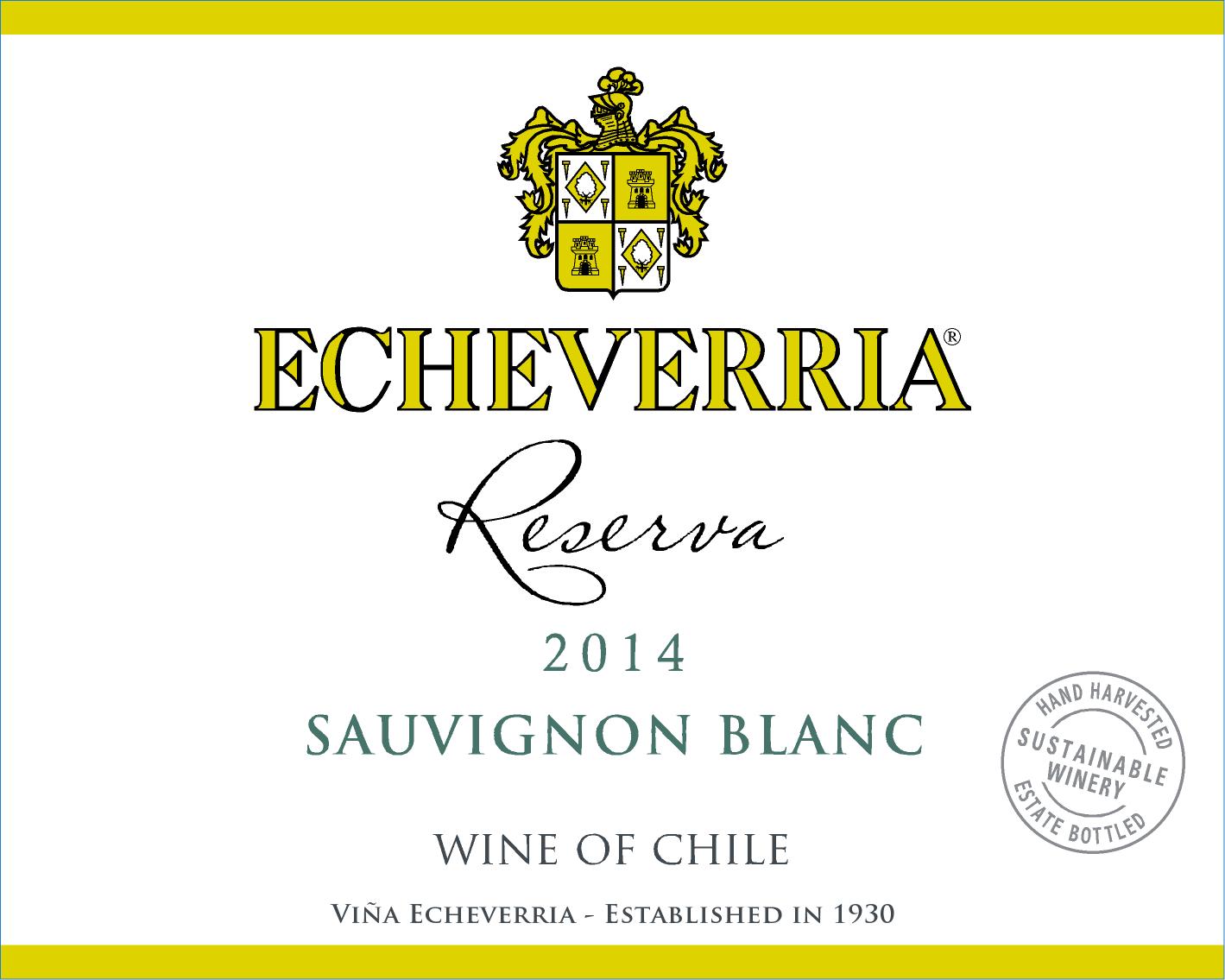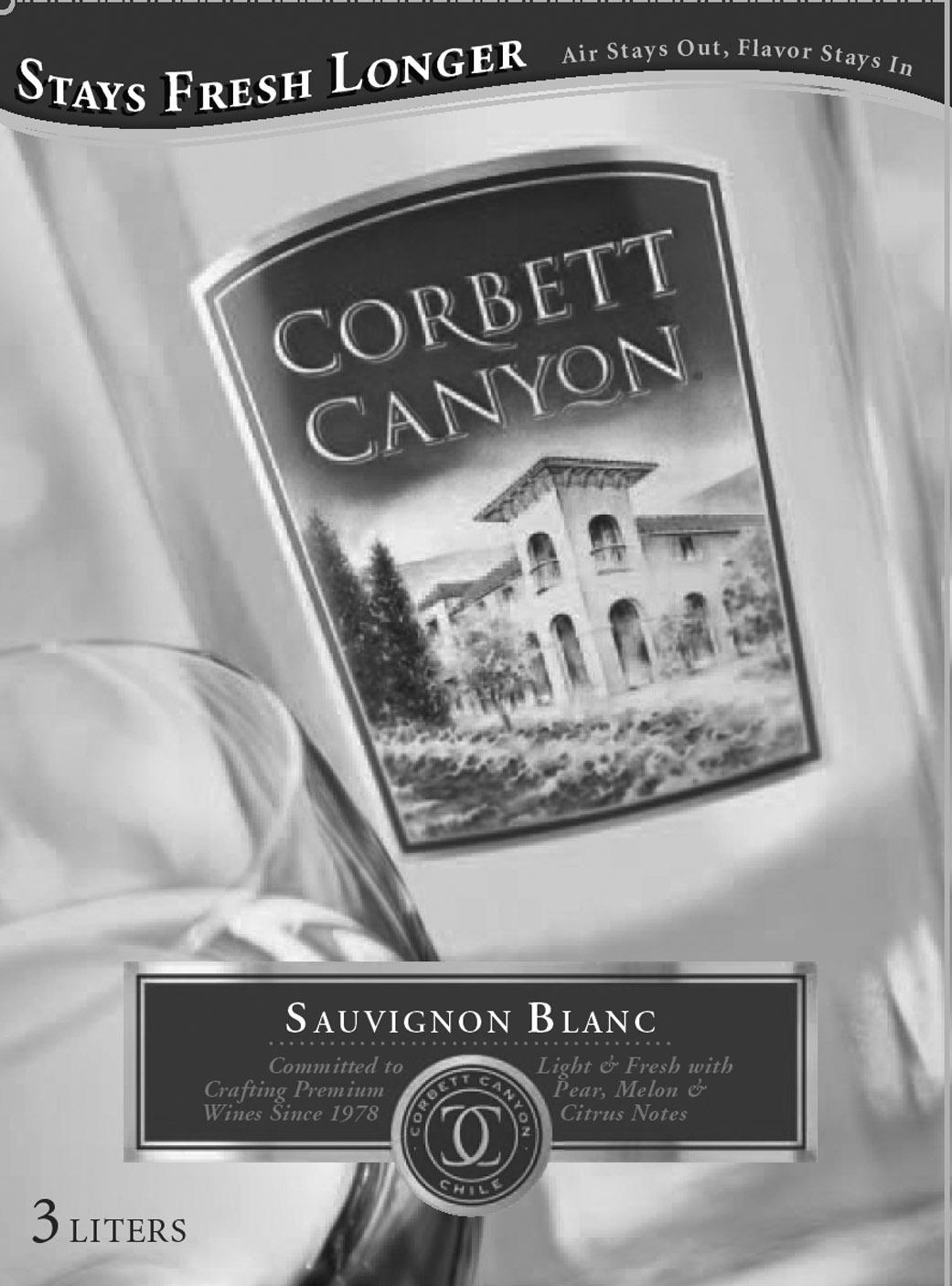Terroir of Valle Central
Valle Central's terroir is defined by the meeting of the Andes Mountains and the Pacific Ocean, creating diverse landscapes that shape its renowned wines. This region's classic Mediterranean climate, with warm, dry summers and mild, rainy winters, ensures ripe and healthy grapes. At night, cold air from the Andes preserves grape acidity, adding freshness and complexity to red wines.
The cold Humboldt Current brings morning fog and breezes, vital for growing crisp whites like Sauvignon Blanc. The central valleys, with alluvial and colluvial soils, mirror Bordeaux, making them ideal for Cabernet Sauvignon. In contrast, the clay and loam in Cachapoal suit Merlot and Carmenère. The coastal and mountainous areas have granite and volcanic soils, contributing unique mineral qualities to wines. This dynamic environment supports Valle Central's diverse grape varieties, from robust reds to fresh whites.
Notable Wineries in Valle Central
Exploring the Valle Central's diverse wine landscape reveals a tapestry of history and innovation. Each sub-region contributes unique characteristics, enhancing Chile's global wine reputation. Notable producers stand out with their dedication to quality and style:
-
Concha y Toro: Famous for its iconic Don Melchor Cabernet Sauvignon, a benchmark for Maipo Valley wines.
-
Viña Almaviva: This prestigious collaboration produces a Bordeaux-style "First Growth," showcasing elegance and finesse.
-
Casa Lapostolle: Known for the legendary Clos Apalta blend, this winery exemplifies Colchagua Valley's potential.
-
Montes: A pioneer in premium wine, celebrated for its Montes Alpha M and Purple Angel Carmenère.
-
Garage Wine Co.: A leader in the new wave of minimal intervention, focusing on old-vine field blends in Maule Valley.
Sustainable Winemaking in Valle Central
Chile's commitment to sustainability in winemaking is embodied by the "Certified Sustainable Wine of Chile" standard, a guideline embraced by over 80% of the country's bottled wine exports. This certification emphasizes quality, ethics, and environmental care, focusing on comprehensive management practices rather than individual wines. The code covers four areas: vineyard management, industrial operations, social responsibility, and wine tourism, fostering a culture of sustainability across the industry.
The "Green Area" focuses on biodiversity and water efficiency in vineyards, while the "Red Area" targets waste management and energy conservation in wineries. The "Orange Area" ensures fair labor and community interaction, and the "Purple Area" applies sustainability to tourism. These efforts align with Valle Central's diverse terroir, where varied microclimates and soil types support both robust reds and fresh whites, showcasing Chile's dedication to sustainable and innovative winemaking.
Wine Tourism in Valle Central
Valle Central's wine tourism offers a rich blend of history, luxury, and adventure. This Chilean region excels in crafting memorable experiences by combining wine appreciation with cultural activities.
Two main models define the area: Maipo Valley, close to Santiago, known for its historic estates and grand tours, and Colchagua Valley, designed for immersive wine tourism with its architectural marvels and boutique hotels.
Beyond tastings, the region features diverse activities. Visitors can enjoy gourmet dining, such as open-fire cooking at Fuegos de Apalta, or partake in unique experiences like horseback riding and stargazing. These offerings highlight the region's dedication to innovation and sustainability in wine tourism.
Moreover, easy access from Santiago allows for flexible travel options, ranging from short trips to extended stays, ensuring an enriching exploration of Valle Central's vibrant wine culture.



